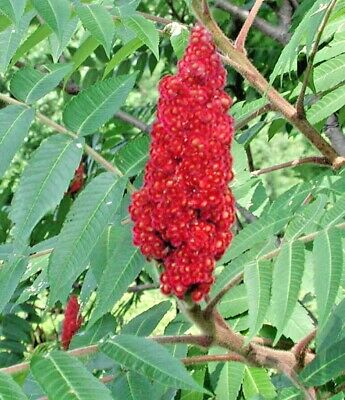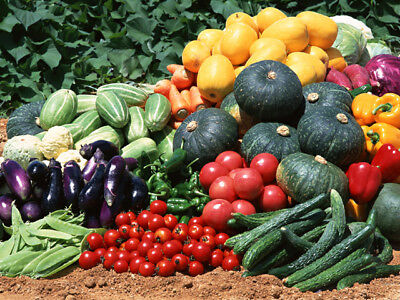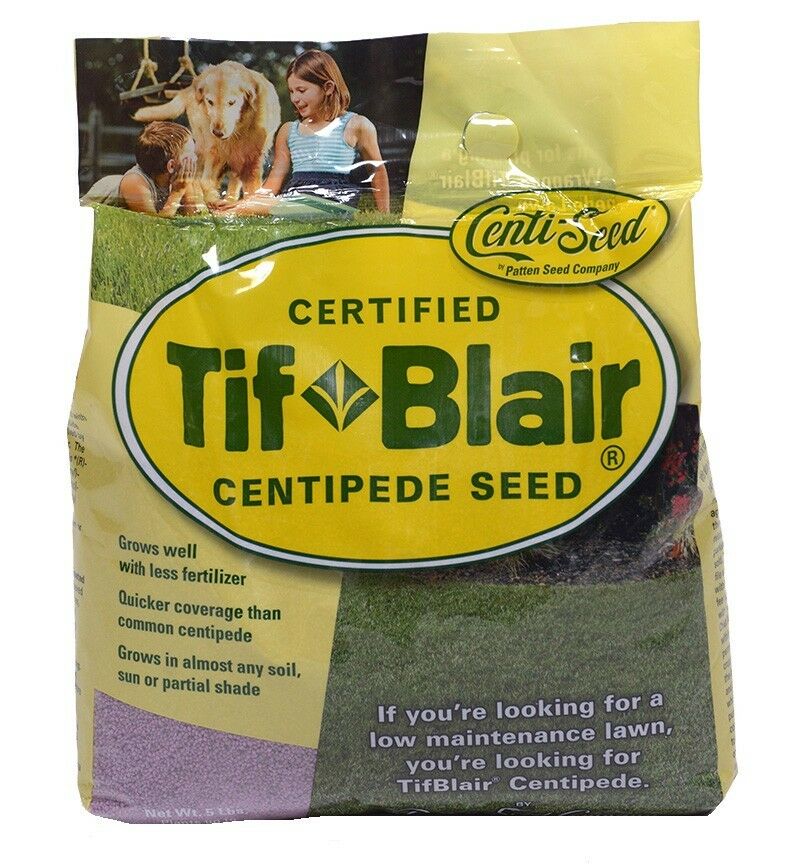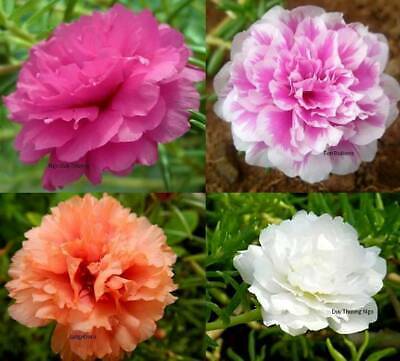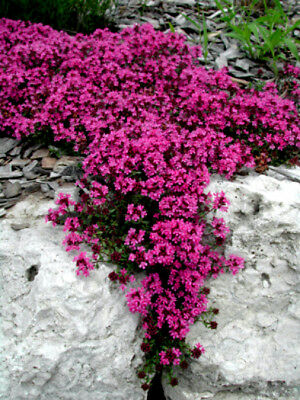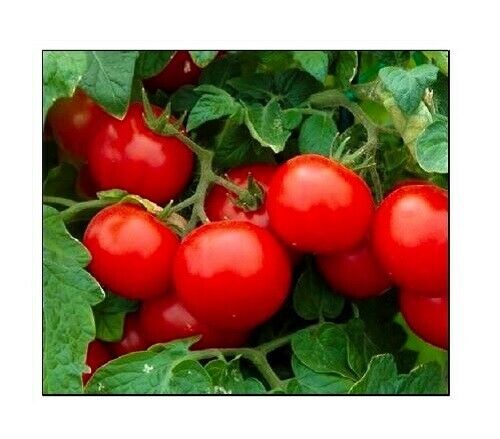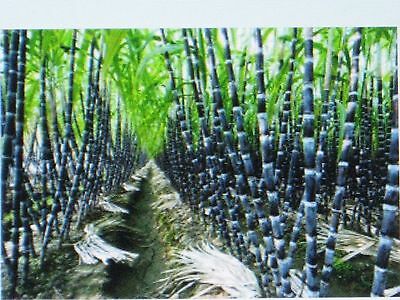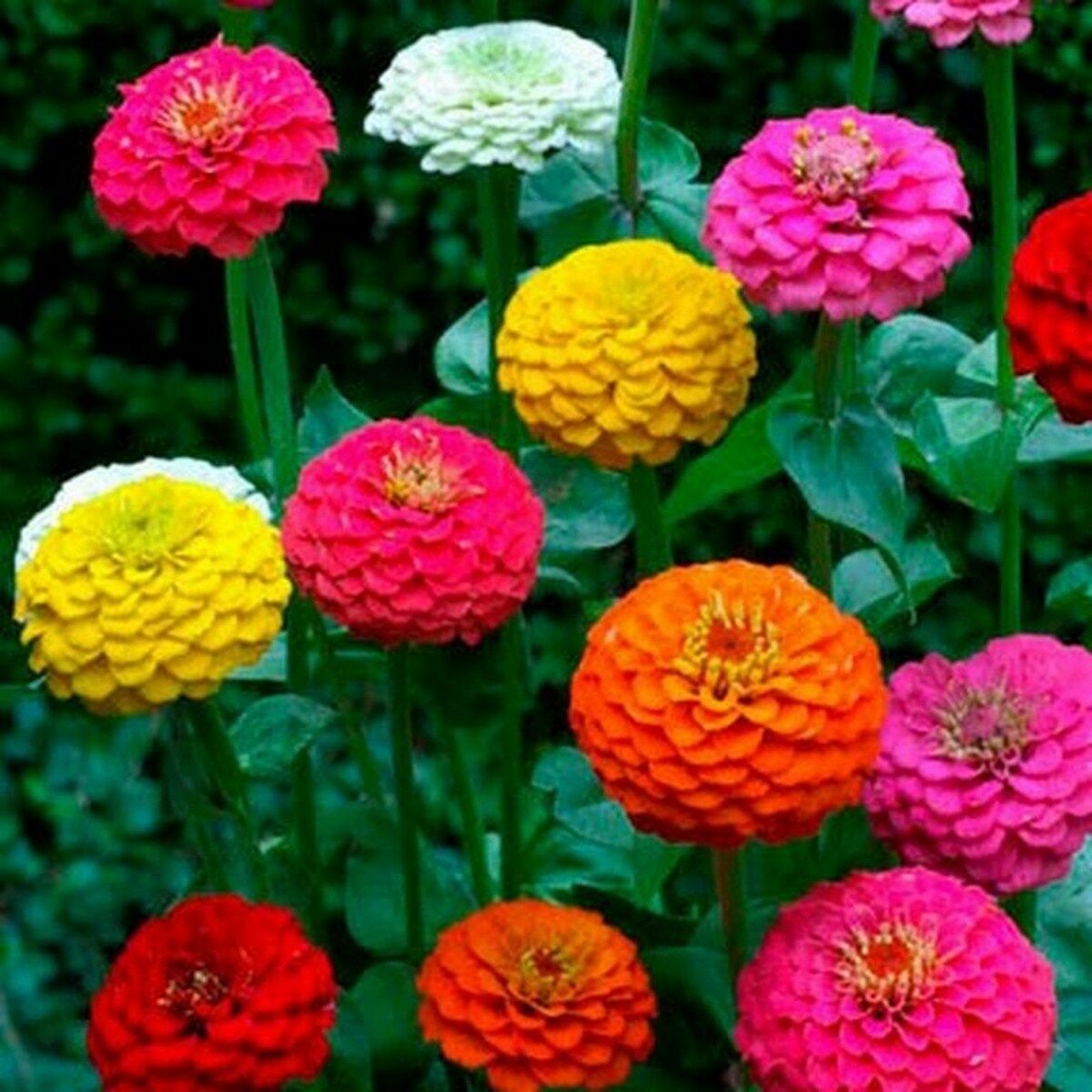-40%
40 STAGHORN SUMAC SEEDS - Rhus typhina
$ 2.64
- Description
- Size Guide
Description
I'm selling over 600 + kinds of seeds ( and also live plants during the warmer months ) so check my other auctions .You are bidding on about
40 STAGHORN SUMAC SEEDS - Rhus typhina .
( see my other sumac species listed )
This small tree sometimes grows as a tall shrub. Its irregular crown is made up of a few stout, spreading branches.
Wild staghorn sumac flourishes in the sandy or rocky soils along fence rows and in abandoned fields. Cultivated plants prefer fertile, well-drained locations in flood-free zones.
High salt tolerance makes staghorn sumac a candidate for wind-protected coastal and roadside planting. Cutting it back to the ground in midwinter every three of four years reinvigorates the plant.
It is native to the northeastern United States and southern Canada
Medicinal use of :
This was often employed medicinally by several native North American Indian tribes who valued it especially for its astringent qualities. It is little used in modern herbalism. Some caution is advised in the use of the leaves and stems of this plant . The bark is antiseptic, astringent, galactogogue and tonic. An infusion is used in the treatment of diarrhea, fevers, piles, general debility, uterine prolapse etc. An infusion is also said to greatly increase the milk flow of a nursing mother - small pieces of the wood were also eaten for this purpose. The inner bark is said to be a valuable remedy for piles. The roots are astringent, blood purifier, diuretic and emetic. An infusion of the roots, combined with purple coneflower (Echinacea purpurea) has been used in the treatment of venereal disease. A poultice of the roots has been used to treat boils. The leaves are astringent. They have been used in the treatment of asthma, diarrhea and stomatosis. An infusion of the fruits has been used as a tonic to improve the appetite and as a treatment for diarrhea. The berries are astringent and blood purifier. They were chewed as a remedy for bed-wetting. A tea made from the berries has been used to treat sore throats. The flowers are astringent and stomachic. An infusion has been used to treat stomach pains. The sap has been applied externally as a treatment of warts. Some caution is advised here since the sap can cause a rash on many people.
Edible parts:
Fruit - cooked. A very sour flavor, they are used in pies. The fruit is rather small and with very little flesh, but it is produced in quite large clusters and so is easily harvested. When soaked for 10 - 30 minutes in hot or cold water it makes a very refreshing lemonade-like drink (without any fizz of course). The mixture should not be boiled since this will release tanic acids and make the drink astringent.
Other uses :
The leaves are rich in tannin, up to 48% has been obtained in a controlled plantation. They can be collected as they fall in the autumn and used as a brown dye or as a mordant. The bark, especially the root bark, and the fruits are also very rich in tannin. A yellow dye can be obtained from the roots. An orange dye can be obtained from the inner bark and central pith of the stem, mixed with bloodroot (Sanguinaria canadensis). A black ink can be made by boiling the leaves and the fruit. An oil is extracted from the seeds. It attains a tallow-like consistency on standing and is used to make candles. These burn brilliantly, though they emit a pungent smoke. Pipes are made from the young shoots and are used for drawing the sap of sugar maples (Acer spp). They are also used as flutes. The plant has an extensive root system and is planted as a windbreak screen and to prevent soil erosion.
Wood - soft, light, brittle, coarse grained. It weighs 27 lb per cubic foot. Of no commercial value, though it is sometimes used as a rough construction wood or is employed in turning.
See my store for 600+ seeds , live plants ( during the warmer months ) and over 300 books on plants and gardening ( when listed ). I add new items every day and combine shipping whenever possible .
